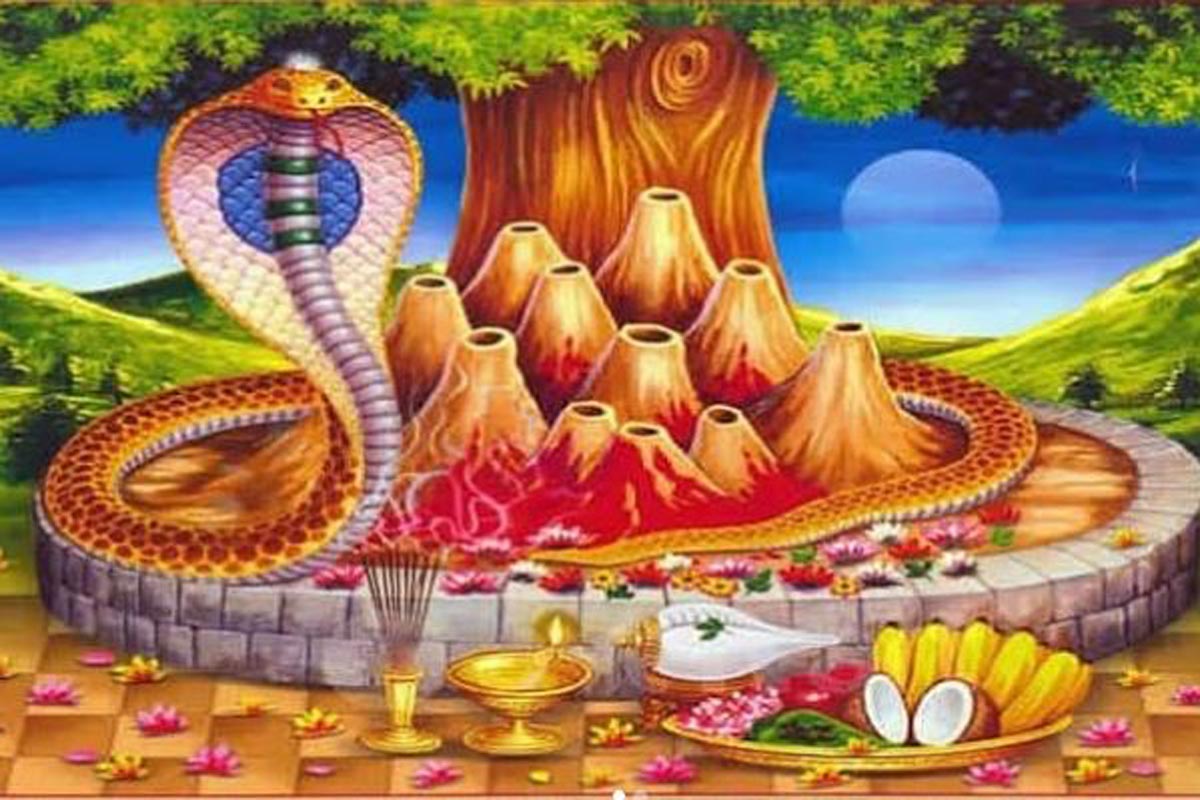Today, Nepalese communities across the country are observing Naag Panchami, a festival dedicated to worshiping Naag, the serpent deities. Celebrated on the fifth day of the bright half of the lunar month of Shrawan, this ancient tradition holds significant cultural and religious importance, deeply rooted in the agricultural practices and mythology of the region.
Naag Panchami is marked by offering milk, rice, flowers, and vermilion to images of serpents, often placed at the doorways of homes or temples. The rituals are performed to seek protection from snakebites and ensure the fertility of the land, as serpents are believed to be the guardians of water sources and rain, essential for the agrarian society of Nepal.
The cultural significance of Naag Panchami is further reflected in the various legends associated with it. One of the most popular myths tells the story of how Lord Krishna subdued the powerful serpent Kaliya, who was poisoning the Yamuna River. This act not only highlights the reverence for serpents in Hindu mythology but also symbolizes the balance between humans and nature, a theme that resonates strongly with the festival.
In the Kathmandu Valley, the festival is celebrated with great fervor, particularly in places like Taudaha and Naagpokhari, where large gatherings of devotees offer prayers to the Naags. The Newar community also observes special rituals, reflecting their unique cultural practices.
As urbanization and modern lifestyles continue to evolve, festivals like Naag Panchami serve as a reminder of the deep connection between nature and culture in Nepal. The observance of this day not only preserves the rich cultural heritage but also fosters a sense of respect for the environment, an essential aspect of sustainable living.
This year’s Naag Panchami, like every year, brings together people of all ages to participate in the rituals, reinforcing the cultural fabric that binds the community together. The festival’s continued relevance in contemporary times highlights the enduring nature of these traditions and their role in promoting harmony between humanity and the natural world.






